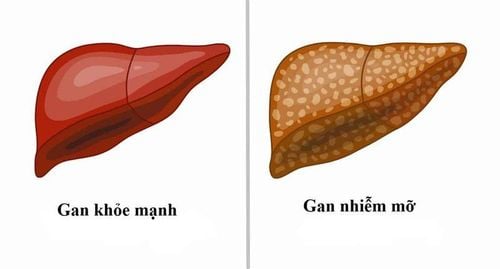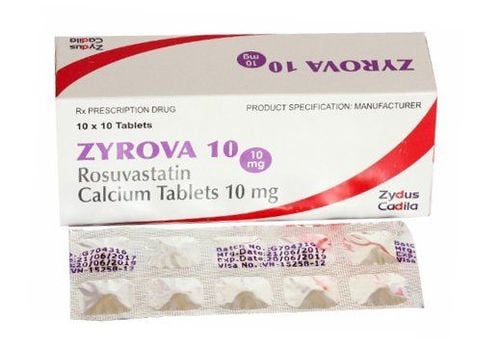This is an automatically translated article.
Video content is professionally consulted by Specialist Doctor II Nguyen Quoc Viet - Department of Medical Examination & Internal Medicine - Vinmec Danang International General Hospital
Coronary artery disease, also known as coronary artery disease, coronary insufficiency, ischemic heart disease is a condition in which the heart does not have enough blood supply due to the narrowing of the coronary arteries that carry blood to the heart. If left untreated, coronary heart disease can lead to a heart attack or even death if the patient is not treated promptly.
Symptoms of coronary artery disease are mainly caused by coronary artery stenosis, with the main manifestation being angina pectoris. Depending on the specific case, the patient will have angina symptoms from mild to exertion, as well as intense, the pain may spread to the hands, jaw, the patient may faint or die to life.
Risk factors for coronary stenosis in particular and coronary artery disease in general are divided into 2 types:
Unmodifiable risk factors include: Gender, age (the older the age, the greater the risk of disease). The larger the coronary artery), inherited from the family... Modifiable risk factors for coronary heart disease include: Having a history of high blood pressure, diabetes, being overweight, obese, frequent smoking smoking... Coronary heart disease can be diagnosed by the following methods:
Electrocardiogram at rest and during exercise; Rest and exercise echocardiography or dobutamine; Cardiopulmonary X-ray ; Heart enzymes; Stress radioisotope scintigraphy; Multi-slice computed tomography (MSCT); Contrast coronary angiography (also called coronary DSA angiography). After being diagnosed with the disease, depending on the cause of the disease and the condition and extent, the doctor will recommend an appropriate treatment regimen for coronary artery disease. Methods of treatment of coronary heart disease include:
Medical treatment (medication): The purpose of coronary artery disease treatment with medical methods is to limit and prevent the progression of the disease, and at the same time to improve coronary artery disease. Some drugs used in medical treatment are: coronary vasodilators (Nitroglycerin, Nitromint, Risordan, ...), antiplatelet drugs (Aspirin, Plavix, Ticlid, . ..), beta-blockers (Atenolol, Bisoprolol, Metoprolol, ...). Angioplasty and stenting: The purpose of angioplasty and stenting in the treatment of coronary artery disease is to revascularize the narrowed coronary artery with a balloon and metal tube (stent). Aortic and coronary artery bypass surgery: The purpose of coronary artery bypass surgery in the treatment of coronary artery disease is also to re-open the narrowed coronary artery, thereby helping to improve blood flow. to the heart. Coronary artery bypass surgery to treat coronary artery disease is to connect the aorta and the narrowed coronary artery branches with another healthy part of the patient's artery. Depending on the severity of the disease, the doctor may perform various bridges to help improve blood flow to the heart. Laser recanalization: The purpose of revascularization with laser is to help relieve angina attacks. This method is performed by using lasers to create small channels through the heart muscle, reducing myocardial ischemia. This method is indicated for patients with coronary artery disease who cannot perform these two surgeries. Patients with coronary heart disease need to develop a healthy lifestyle to prevent disease progression, especially after coronary artery disease treatment.
Please dial HOTLINE for more information or register for an appointment HERE. Download MyVinmec app to make appointments faster and to manage your bookings easily.














